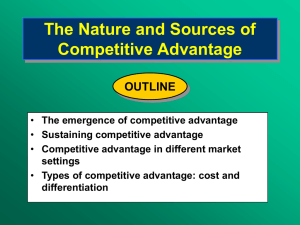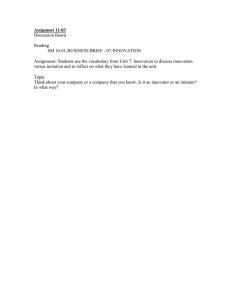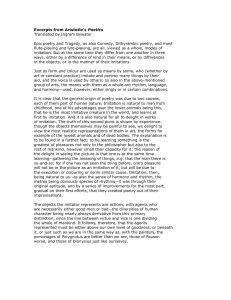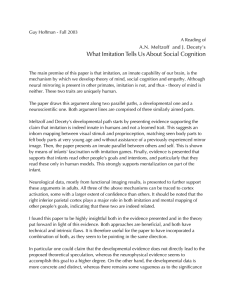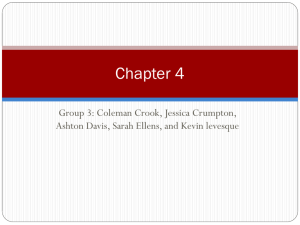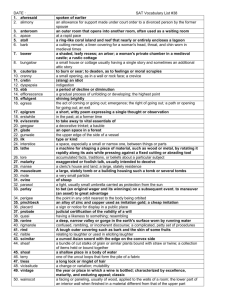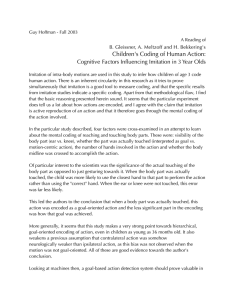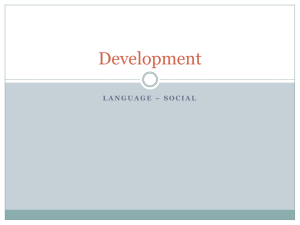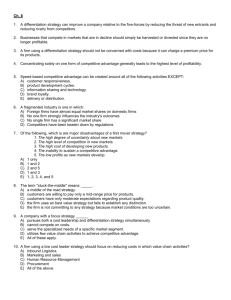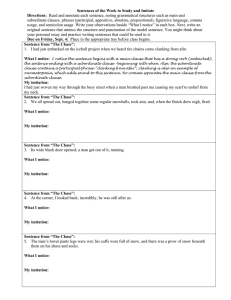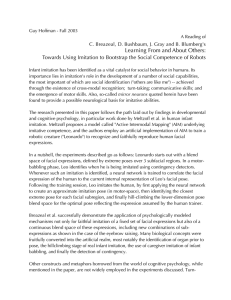Formulation & Implementation
advertisement
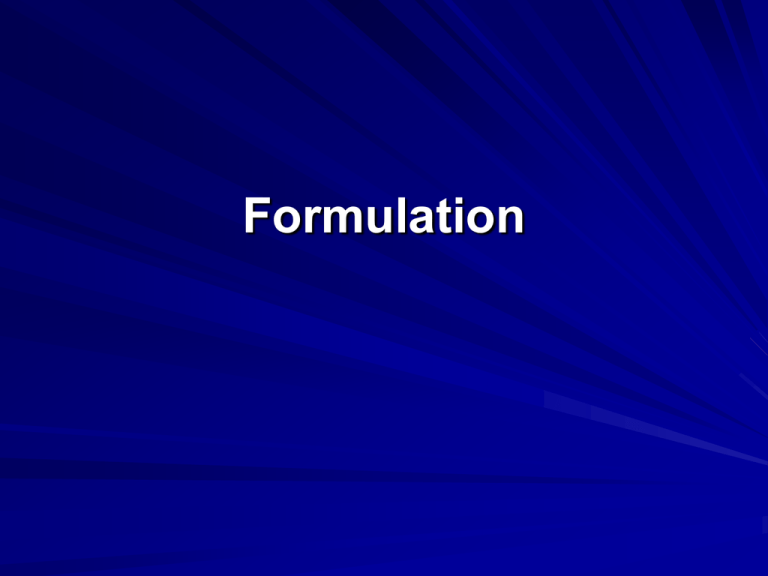
Formulation Formulation Overview Want to create a sustainable competitive advantage Grounded in current mission, objectives, and strategies 1. Identify rich range of strategic alternatives 2. Balanced evaluation of + and - of alternatives 3. Decide on alternatives to be implemented/recommended Three Levels of Strategy Corporate level strategy Competitive (business level) strategy Functional strategies …all need to be consistent and in alignment Corporate Level Strategy Directional strategy (retrenchment through growth) Portfolio strategy (what LOB’s for future) Parenting strategy (allocation of resources + connections) Directional Growth Strategies Concentration – Vertical integration – Horizontal growth Diversification – Related (concentric) – Unrelated (conglomerate) Mergers, acquisitions, strategic alliances Other Directional Strategies Stability Retrenchment …often more appropriate than growth strategies, which tend to be overused Competitive Strategy (Sometimes called business level strategy) How we will compete within each line of business (LOB) or strategic business unit (SBU) Porter’s four generic competitive strategies Variations plus tactics Generic Competitive Strategies Competitive Advantage Lower cost Differentiation Competitive Broad Scope Narrow Price leadership Differentiation Price focus Differentiation Focus Competitive Advantage A firm’s ability to create value in a way that its rivals cannot When a firm has the potential to earn a persistently higher rate of profit than its rivals Competitive advantage means a lack of equilibrium with rival firms Being distinctively better than rivals on 1-2 key success factors usually translates into competitive advantage The Emergence of Competitive Advantage How does competitive advantage emerge? External sources of change e.g.: •Changing customer demand •Changing prices •Technological change Resource heterogeneity among firms means differential impact Some firms faster and more effective in exploiting change Internal sources of change Some firms have greater creative and innovative capability Competitive Advantage from Responsiveness to External Change Any external change creates opportunities Frequently, speed of response is critical Responsiveness requires: – One key resource: information – One key capability: flexibility For example, Wal-Mart’s purchasing and distribution driven by point-of-sale data Competitive Advantage from InternallyGenerated Change: Strategic Innovation Characteristics of innovative strategies: – Associated with new entrants to an industry (e.g. IKEA in furniture, Home Depot, Dell in PCs) – Reconcile conflicting performance goals (e.g. Toyota’s lean production system combines low cost, high quality, and flexibility) – Reconfiguring the value chain (e.g. Southwest Airlines’ simplification of the normal airline value chain) Sustaining Competitive Advantage Competitive advantage is subject to erosion by competitors – …by imitation or innovation Competitive imitation requires: – Identification of a competitive advantage – Incentive to imitate – Diagnosis of key features – Resource acquisition Sustaining Competitive Advantage Against Imitation REQUIREMENT FOR IMITATION Identification Incentives for imitation ISOLATING MECHANISM - Obscure superior performance - Deterrence--signal aggressive intentions to imitators - Pre-emption--exploit all available investment opportunities Diagnosis - Rely upon multiple sources of competitive advantage to create “causal ambiguity” Resource acquisition - Base competitive advantage upon resources and capabilities that are immobile and difficult to replicate Competitive Advantage in Different Industry Settings: Trading Markets and Production Markets MARKET TYPE SOURCE OF IMPERFECTION OF COMPETITION TRADING MARKETS • None (efficient markets) • Imperfect information • Transaction costs • Systematic behavioral trends • Overshooting • Barriers to imitation PRODUCTION MARKETS • Barriers to innovation OPPORTUNITY FOR COMPETITIVE ADVANTAGE None Insider trading Cost minimization Superior diagnosis (e.g. chart analysis) Contrarianism Identify potential barriers to imitation (e.g. deterrence, preemption, causal ambiguity, resource immobility, etc.) & base strategy upon them. Difficult to influence or exploit. Functional Level Strategy More localized and shorter-horizon strategies Deal with how each functional area will carry out its activities to be effective and maximize resource productivity Need to ensure that the set of recommended strategies address all the critical issues well International Strategies Licensing Management contracts Exporting Joint ventures, production sharing, subcontract arrangements Turnkey construction contracts BOT (build, operate, transfer) contracts Acquisitions Green-field development Implementation Implementation Third stage in strategic management process Vital, often neglected Reread notes on implementation Need a good implementation plan “Then any path will do” (Cheshire Cat) “If you don’t know where you’re going, you might wind up somewhere else!” (Yogi Berra) BUT you have to work with the situation as your implementation proceeds “Plans get you into things, but you got to work your way out.” (Will Rogers, Jr.) Any implementation plan needs to answer: What? How? Who? When? Where? Why (are we doing it this way)? An implementation plan is a sequence of action steps Action steps in an implementation plan may result from considering: – Basic steps necessary – Resources – Timing – Support – Reward systems – Organization structure – Culture – Tracking & control systems Some problems in rewarding & measuring performance Lack of valid, measurable objectives Can’t get timely, valid information Side effects: – Short-term orientation – Goal displacement Behavior substitution Suboptimization Behavior Substitution
